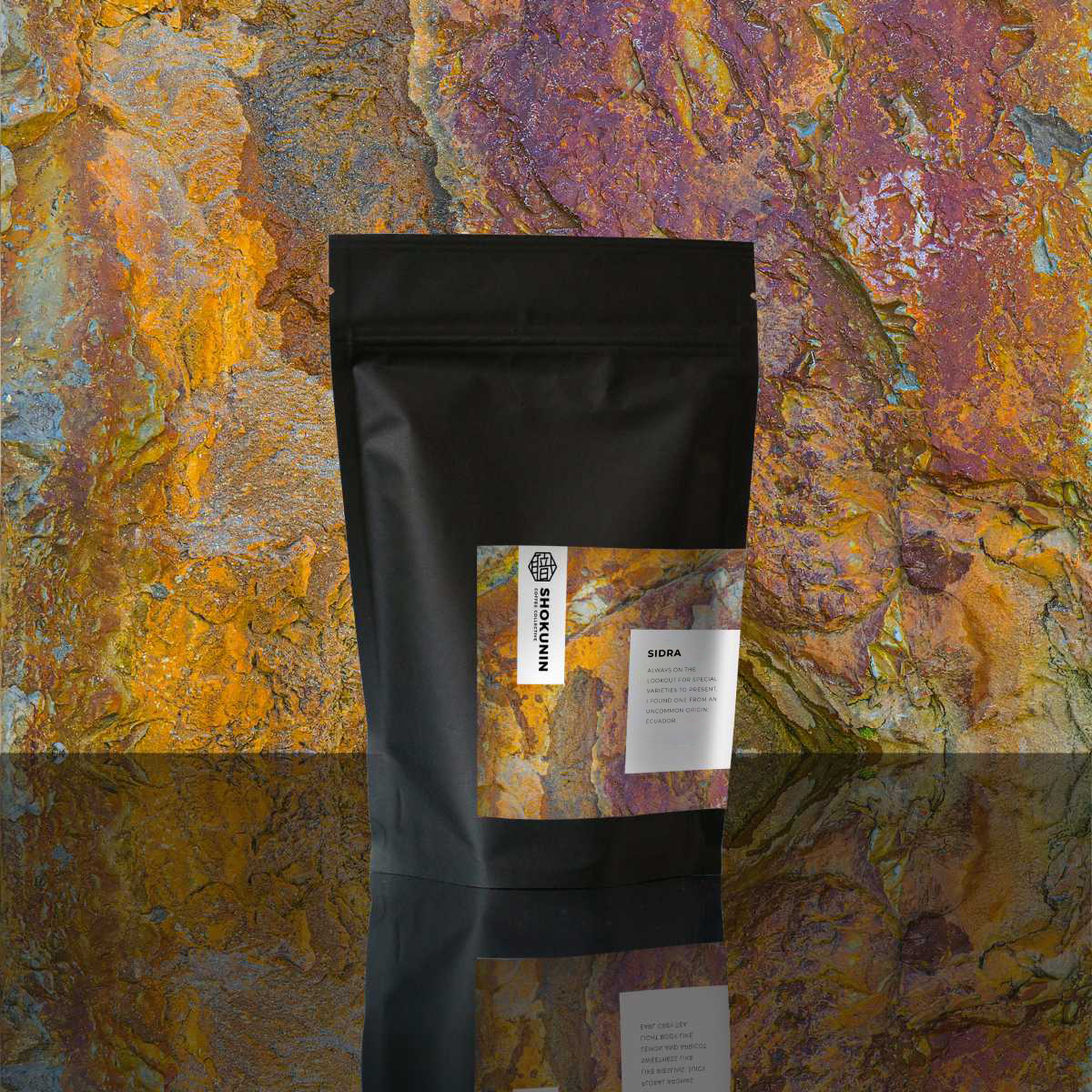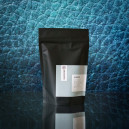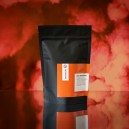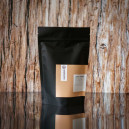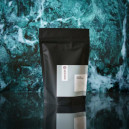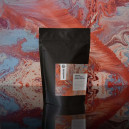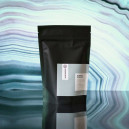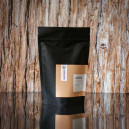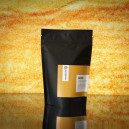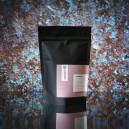Sidra
We added Sidra to our collection because we were curious about the variety. It’s not one you see often, and when we tasted the first samples, it immediately stood out. It wasn’t necessarily loud or flashy, but quietly beautiful. Clean, elegant, layered, and with some similarities to Gesha. After a successful first year, we’ve decided to continue with this variety and bought the entire new harvest by Fausto Romo and Marco Morocco from Caravela. Now we’re expecting even better quality as we were able to choose our own packaging for import, and now they will be coming to the roastery in vacuum sealed bags.
Region: Pichincha, Ecuador
Altitude 1310 – 1350 MASM
Variety: (Bourbon) Sidra
Processing: Washed
Additional information
| Weight | N/A |
|---|
Jelle's Notes
This washed lot brings out everything I love about the variety. It has bright aromas like elderflower, a juicy sweetness reminiscent of orange, and a medium body that reminds me of Earl Grey tea. It’s a coffee that doesn’t overwhelm; you can keep experimenting with it and still find its clean, floral flavour across all brewing methods. Filter brews tend to highlight its floral side, but it’s versatile and responds well to different recipes.
[/vc_column_text][/vc_column][/vc_row]
Producers
This lot comes from two producers in Ecuador, Fausto Romo and Marco Morocho, both with a family history in farming.
Fausto Miguel Romo Guevara has been working his farm, La Carolina, for 25 years. The land was originally used for dairy, but he saw the potential for coffee and began planting quality-focused varieties. In the region, Nestlé operated an experimental farm where the Sidra variety was introduced, and Fausto chose to adopt it. Over the years he has invested in agronomic management, wet mill facilities, infrastructure, and careful fermentation practices. He has also explored advanced processing methods such as the Honey process. Today, his 3.5 hectares of coffee are planted entirely with Bourbon Sidra, and he continues to refine his approach each season.
Marco Ricardo Morocho Gagnay farms La Fortaleza in Nanegal, north of Ecuador, at 1,350 metres above sea level. The farm was passed down from his mother, whose strength inspired its name. Marco and his wife Andrea manage 2 hectares of coffee within their 5-hectare property, cultivating Bourbon Sidra, Bourbon, and Typica Mejorada under shade. Harvesting is done by hand, with careful selection of ripe cherries, followed by fermentation, washing, drying, and storage. Marco has also been working with Mauro from our Caravela’s PECA team to make targeted improvements in the past years. These include pruning older trees to renew productivity, composting coffee cherry pulp to reduce the need for synthetic fertiliser, and ongoing agronomy advice.
Both producers work closely with Caravela, who provide support in farm management and processing. Once the coffee is dried, it is delivered in parchment to our warehouse, where it is cupped and assessed for physical quality. After approval, the producers are paid. The lots are then mixed in parchment at the Quito warehouse before dry milling. This step helps achieve a more even integration of the coffees, resulting in greater consistency and cup quality. This year, since we bought the whole lot, it will be sent to us in vacuum packaging, ensuring it’s freshest arrival yet.
Variety
Sidra is a rare Arabica hybrid, believed to be a cross between Bourbon and Typica. It was first cultivated in Ecuador and is known for its vibrant acidity, floral aromatics, and pronounced fruit notes. It grows best at high altitudes, in shaded environments, where the trees become tall and sturdy, with thick trunks and elongated flowers. The cherries are larger and rounder, with pointed ends, and the seeds are long and slender, similar to Gesha. Sidra requires shade-grown conditions and careful soil management, which limits where it can be planted and makes it more difficult to grow commercially. Still, its cup quality often makes the extra effort worthwhile.

